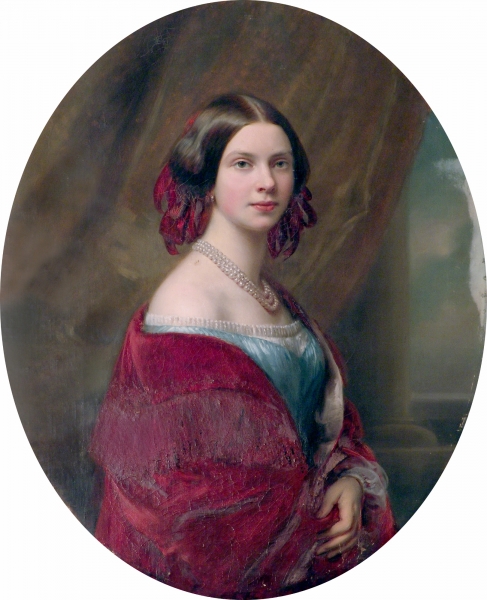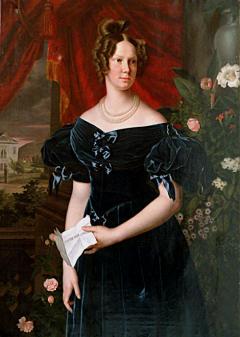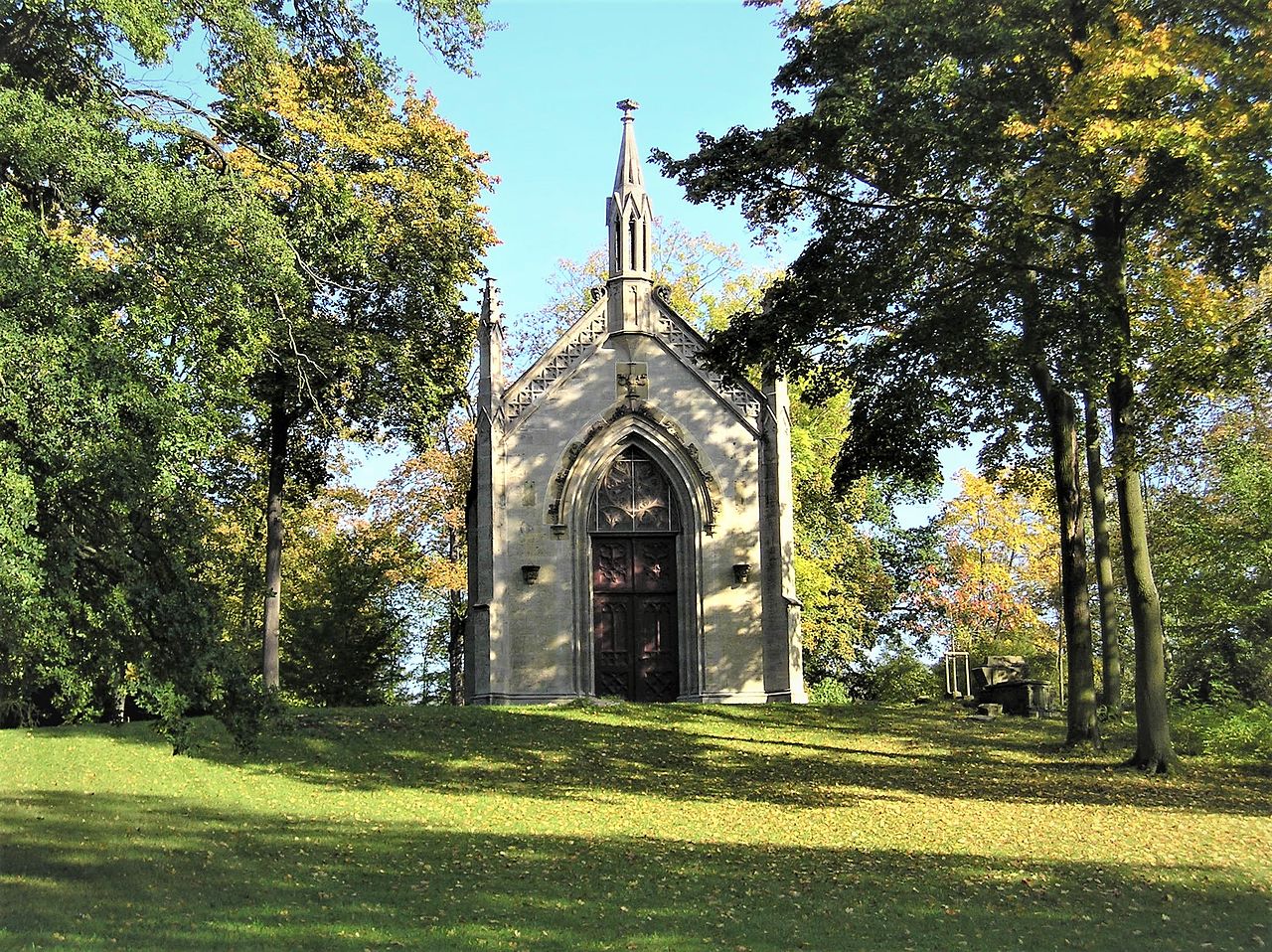by Scott Mehl © Unofficial Royalty 2018

Ellen Franz, Baroness von Heldburg; Credit – Wikipedia
Ellen Franz, Baroness von Heldburg
Ellen Franz, Baroness von Heldburg, was the third wife of Georg II, Duke of Saxe-Meiningen. She was born Hermine Helene Maria Augusta Franz on May 30, 1839, in Naumburg, Kingdom of Prussia, now in Saxony-Anhalt, Germany, to Hermann Franz and Sarah Grant.
Raised in Berlin, Ellen studied the piano with Hans von Bülow (who would later become Conductor of the Meiningen Court Orchestra under Ellen’s husband, Duke George II.) Through von Bülow, she met Cosima Liszt, the daughter of famed composer Franz Liszt, and the two maintained a lifelong friendship. Cosima would later marry and divorce von Bülow, and then married the German composer, Richard Wagner. She also studied acting, and made her debut on the stage in 1860, using the stage name Ellen Franz. Seven years later, she came to the Meiningen Court Theatre and appeared in numerous roles over the next six years. Within a year of arriving in Meiningen, Ellen had become romantically involved with Duke Georg II, who was still married to his second wife, Feodora of Hohenlohe-Langenburg. Feodora would die in late 1872.

Georg II, Duke of Saxe-Meiningen; Credit – Wikipedia
On March 18, 1873, Ellen married the twice-widowed Georg II at Villa Feodora in Bad Liebenstein. Prior to the marriage, Georg had created her Baroness von Heldburg in her own right, and she used this title for the rest of her life, also reverting back to her given name Helene. As the marriage was morganatic, she did not become Duchess of Saxe-Meiningen. The couple did not have any children.
Sharing a love of the theatre with her husband, Ellen worked with him to reform and redevelop the Meiningen Theater. Much of their efforts became known as the Meininger Principles which is still taught in theater schools today. While her husband created many of the costumes and scenery, Ellen focused on the casting of the productions and helped to train the young students. Through her friendship with Cosima Wagner, she was also able to bring several notable musicians and composers to the theater, including Richard Wagner and Johannes Brahms.

The Helenenstift, now the Palais am Prinzenberg. photo: Von Kramer96 – Eigenes Werk, CC BY 3.0, https://commons.wikimedia.org/w/index.php?curid=10154690
After her husband’s death in 1914, Ellen lived for several years at Heldburg Fortress before moving to the Helenenstift in Meiningen, a residence built for her in the early 1890s, intended to serve as a widow’s residence. The Helenenstift is now known as the Palais am Prinzenberg (link in German). The Baroness von Heldburg died at the Helenenstift on March 24, 1923, at the age of 83. She is buried beside her husband in the Park Cemetery in Meiningen, now in the German state of Thuringia.
This article is the intellectual property of Unofficial Royalty and is NOT TO BE COPIED, EDITED, OR POSTED IN ANY FORM ON ANOTHER WEBSITE under any circumstances. It is permissible to use a link that directs to Unofficial Royalty.







 Marie Friederike of Hesse-Kassel, Duchess of Saxe-Meiningen
Marie Friederike of Hesse-Kassel, Duchess of Saxe-Meiningen

